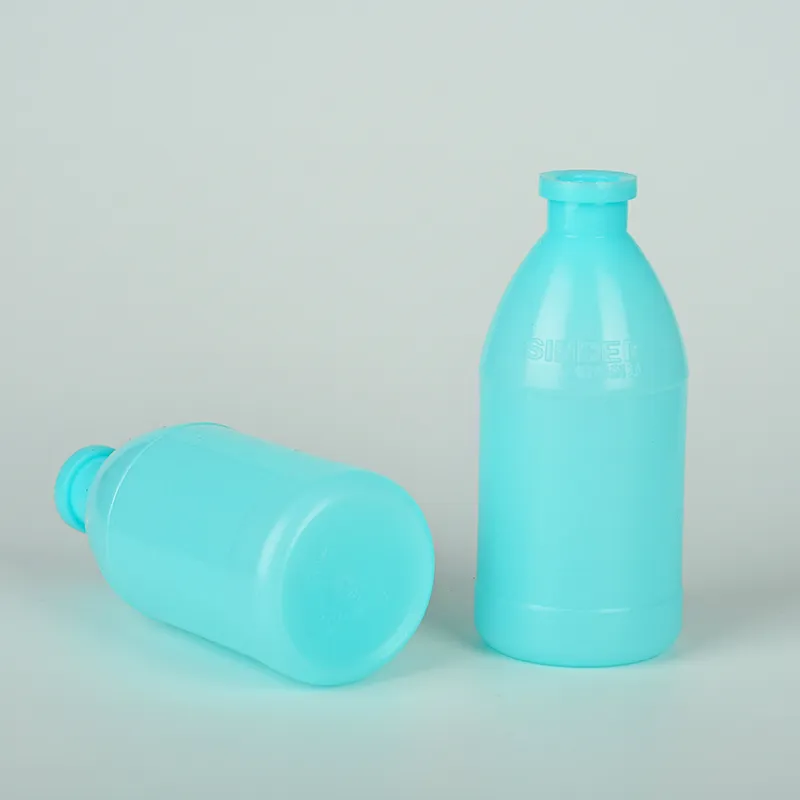
-
 Afrikaans
Afrikaans -
 Albanian
Albanian -
 Amharic
Amharic -
 Arabic
Arabic -
 Armenian
Armenian -
 Azerbaijani
Azerbaijani -
 Basque
Basque -
 Belarusian
Belarusian -
 Bengali
Bengali -
 Bosnian
Bosnian -
 Bulgarian
Bulgarian -
 Catalan
Catalan -
 Cebuano
Cebuano -
 Corsican
Corsican -
 Croatian
Croatian -
 Czech
Czech -
 Danish
Danish -
 Dutch
Dutch -
 English
English -
 Esperanto
Esperanto -
 Estonian
Estonian -
 Finnish
Finnish -
 French
French -
 Frisian
Frisian -
 Galician
Galician -
 Georgian
Georgian -
 German
German -
 Greek
Greek -
 Gujarati
Gujarati -
 Haitian Creole
Haitian Creole -
 hausa
hausa -
 hawaiian
hawaiian -
 Hebrew
Hebrew -
 Hindi
Hindi -
 Miao
Miao -
 Hungarian
Hungarian -
 Icelandic
Icelandic -
 igbo
igbo -
 Indonesian
Indonesian -
 irish
irish -
 Italian
Italian -
 Japanese
Japanese -
 Javanese
Javanese -
 Kannada
Kannada -
 kazakh
kazakh -
 Khmer
Khmer -
 Rwandese
Rwandese -
 Korean
Korean -
 Kurdish
Kurdish -
 Kyrgyz
Kyrgyz -
 Lao
Lao -
 Latin
Latin -
 Latvian
Latvian -
 Lithuanian
Lithuanian -
 Luxembourgish
Luxembourgish -
 Macedonian
Macedonian -
 Malgashi
Malgashi -
 Malay
Malay -
 Malayalam
Malayalam -
 Maltese
Maltese -
 Maori
Maori -
 Marathi
Marathi -
 Mongolian
Mongolian -
 Myanmar
Myanmar -
 Nepali
Nepali -
 Norwegian
Norwegian -
 Norwegian
Norwegian -
 Occitan
Occitan -
 Pashto
Pashto -
 Persian
Persian -
 Polish
Polish -
 Portuguese
Portuguese -
 Punjabi
Punjabi -
 Romanian
Romanian -
 Russian
Russian -
 Samoan
Samoan -
 Scottish Gaelic
Scottish Gaelic -
 Serbian
Serbian -
 Sesotho
Sesotho -
 Shona
Shona -
 Sindhi
Sindhi -
 Sinhala
Sinhala -
 Slovak
Slovak -
 Slovenian
Slovenian -
 Somali
Somali -
 Spanish
Spanish -
 Sundanese
Sundanese -
 Swahili
Swahili -
 Swedish
Swedish -
 Tagalog
Tagalog -
 Tajik
Tajik -
 Tamil
Tamil -
 Tatar
Tatar -
 Telugu
Telugu -
 Thai
Thai -
 Turkish
Turkish -
 Turkmen
Turkmen -
 Ukrainian
Ukrainian -
 Urdu
Urdu -
 Uighur
Uighur -
 Uzbek
Uzbek -
 Vietnamese
Vietnamese -
 Welsh
Welsh -
 Bantu
Bantu -
 Yiddish
Yiddish -
 Yoruba
Yoruba -
 Zulu
Zulu
serum sst tube
Understanding Serum SST Tubes A Key Component in Diagnostic Testing
In the realm of medical diagnostics, the biological fluids we collect play a critical role in disease detection, monitoring, and management. Among these fluids, blood samples are perhaps the most extensively analyzed. A vital part of the blood collection process is the use of specialized tubes designed for various types of testing. One such important tool is the Serum Separator Tube (SST).
What is a Serum SST Tube?
The Serum Separator Tube (SST) is a type of blood collection tube that contains a gel separator and is often utilized for serum testing. These tubes are typically coated with a clot activator to facilitate the rapid clotting of blood, enabling efficient separation of serum from blood cells. The gel separator creates a physical barrier between the serum and the cellular components after centrifugation, thus preserving the integrity of the serum for accurate laboratory analysis.
Composition and Functionality
SST tubes are typically made from robust plastic or glass and are usually identified by their distinctive yellow and gray caps. The clot activator and the gel separator contained within facilitate two essential processes clotting and separation. When blood is drawn into the SST, it is allowed to sit for a specific period (usually 30-60 minutes) to ensure clotting occurs. Following this, the tube is centrifuged, and the centrifugal force causes the blood cells to pellet at the bottom, allowing the serum to rise above the gel barrier. This separation is crucial as it prevents cellular contamination of the serum, which can lead to erroneous test results.
Applications in Diagnostic Testing
Serum samples collected in SST tubes are instrumental in a vast array of diagnostic tests, including
serum sst tube

1. Biochemical Tests These tests measure various substances in the blood, such as glucose, electrolytes, and enzymes, providing insight into metabolic and organ function. 2. Hormone Levels SST tubes are often used to analyze hormone levels, aiding in endocrine evaluations and the diagnosis of conditions like thyroid disorders or hormonal imbalances. 3. Immunology Tests for autoimmune diseases and infectious agents frequently utilize serum from SST tubes, allowing for the assessment of antibody levels and immune response.
4. Serological Tests SST tubes are valuable in serology for the identification of antibodies and antigens in various diseases, underscoring their role in infectious disease diagnostics.
Advantages of Using SST Tubes
One of the primary advantages of SST tubes is their ability to streamline the pre-analytical phase of testing. The gel separator minimizes the risk of contamination and allows for quicker processing times, as laboratory personnel do not need to manually separate serum from cells. This efficiency can be particularly beneficial in emergency settings where rapid results are crucial for patient management.
Moreover, the use of SST tubes helps maintain sample stability during transport, reducing the risk of erroneous results due to hemolysis or degradation.
Conclusion
In summary, the Serum Separator Tube (SST) is an essential tool in modern medical diagnostics. Its innovative design facilitates the efficient collection and separation of serum, enabling a wide range of tests that are crucial for patient care. As laboratories continue to evolve, the role of SST tubes will undoubtedly remain pivotal in supporting accurate diagnostics and informed clinical decisions. Their significance cannot be overstated, as they contribute enormously to our understanding of various health conditions and guide appropriate treatment strategies.
-
Premium 200ml Medicine Bottles – Leakproof Dropper & Spray Options at Best PriceNewsJul.05,2025
-
PTFE Centrifuge Tubes - Chemical Resistant, Leak-proof, Ideal for Laboratory UseNewsJul.05,2025
-
Premium Metal Dropper Bottle for Precise Dispensing 250ml & 1ml Options AvailableNewsJul.04,2025
-
20 ml Headspace Vials - High Quality Polyethylene & Plastic Vials for Lab UseNewsJul.04,2025
-
Small Bottle with Pipette - Precise Dispensing 100ml Pipette Bottles for Essential Oils & Lab UseNewsJun.24,2025
-
Acetic Anhydride Bottle for Accurate Dropper Measurement in Pharmacy Use High-Quality Dropper BottlesNewsJun.10,2025






















